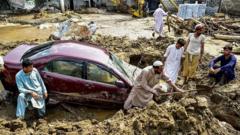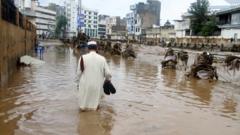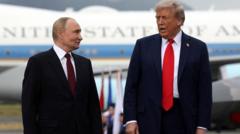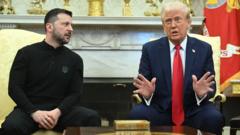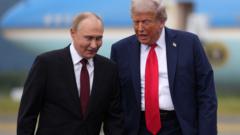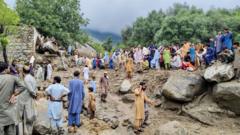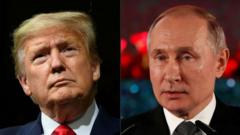During the recent military confrontation between India and Pakistan, well-respected media outlets in India propagated falsehoods, from discredited military strikes to unverified claims of nuclear threats. The blossoming jingoistic sentiment among journalists has triggered a wave of misinformation that places traditional media integrity at risk.
The Role of Media in Promoting Misinformation During Indo-Pak Conflict

The Role of Media in Promoting Misinformation During Indo-Pak Conflict
A closer examination reveals how the Indian media became a conduit for false narratives amid rising tensions with Pakistan, undermining its credibility.
The recent military escalation between India and Pakistan has raised significant alarm over the role of media in disseminating disinformation. Numerous reports from Indian sources celebrated purported military successes: claims that Indian forces had successfully struck a Pakistani nuclear facility, downed multiple Pakistani aircraft, and targeted critical infrastructure in Karachi were widely broadcasted. However, none of these assertions were grounded in fact.
Amidst the intense conflict, misinformation swept through social media and traditional news channels alike, creating an environment where discerning truth from falsehood proved exceptionally challenging for citizens on both sides of the border. The volume and variety of misleading narratives—ranging from social media memes to manipulated videos—compounded the issue.
More troubling was the apparent lapse in journalistic integrity among some respected Indian news organizations traditionally known for their commitment to unbiased reporting. The rush to deliver news often led to unverified information being aired, with a nationalistic narrative driving some news anchors and commentators to abandon their critical roles in favor of tribalism.
One report highlighted alleged assaults on a nuclear site, suggesting dangerous radiation leaks as a consequence, while detailed maps of supposed military operations circulated, providing a veneer of legitimacy to fabrications. Yet scrutiny revealed these claims lacked credible evidence, resulting in widespread misinformation.
Dr. Sumitra Badrinathan, a political science expert, noted a shift from the typical sources of misinformation—anonymous online users and bots—to recognizable journalists and established media platforms. This transition is alarming and reflects a troubling trend in news consumption where trust in media is undermined by a reliance on sensationalism rather than factual reporting.
The 2019 tensions between India and Pakistan had already unveiled a troubling landscape of misinformation, but this recent conflict saw a far more significant compromise of media credibility. It's essential for society to confront the fallout from these developments, as the stakes of misinformation escalate in a context where the involved nations are nuclear-armed. The obligation of the press to report responsibly is now critically important to uphold democratic values and maintain public trust.


